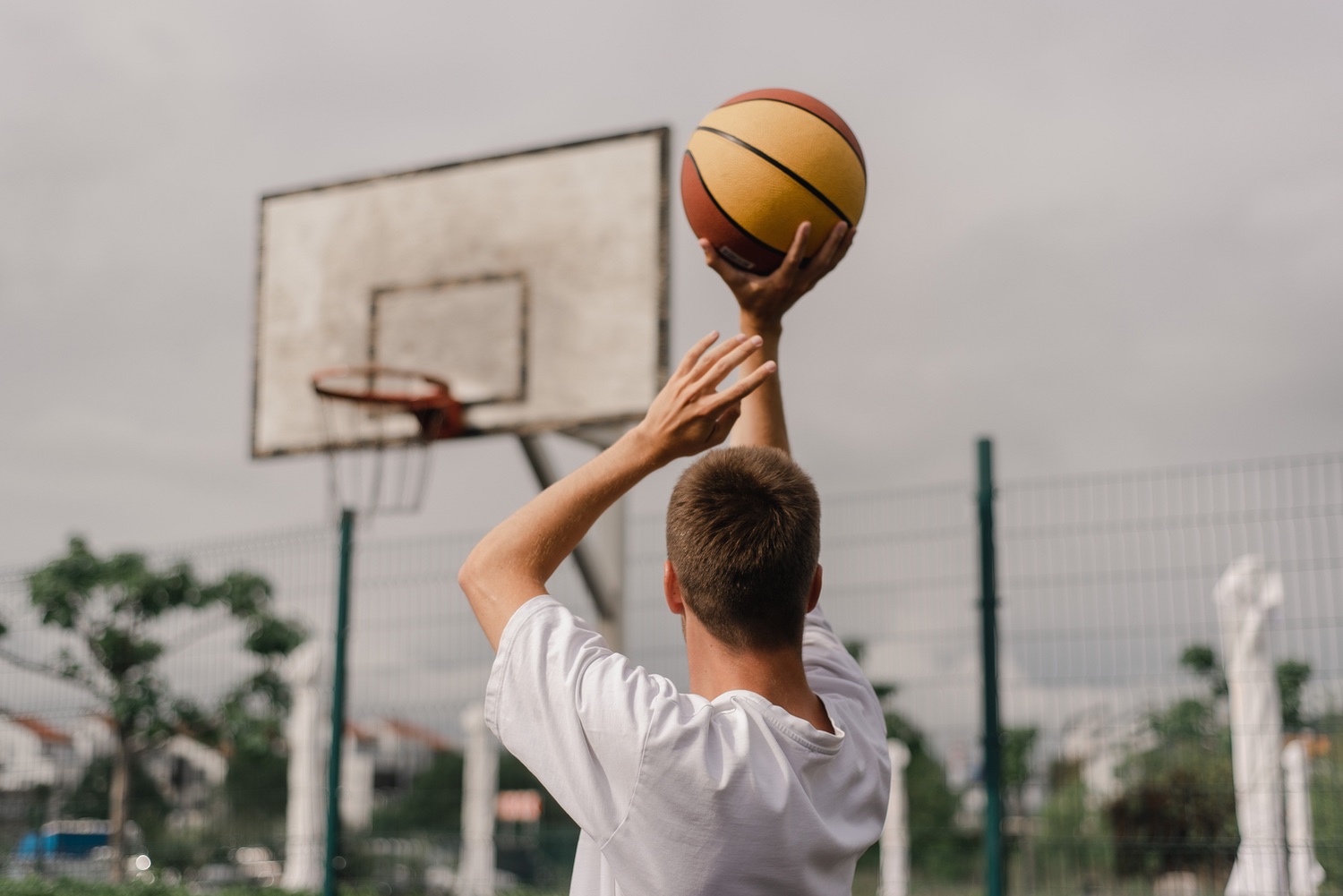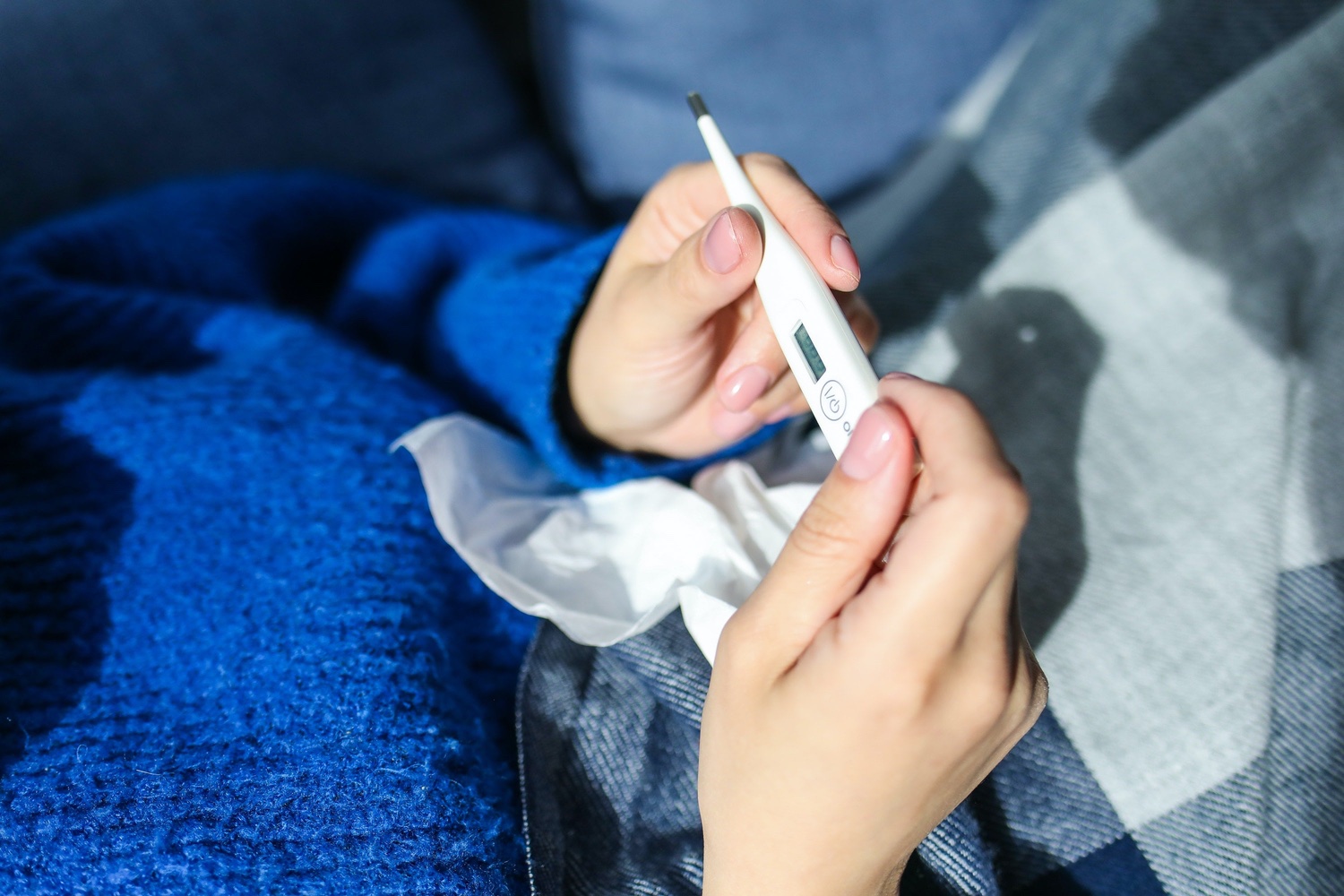Do you like team sports and basketball? Then this article about playing basketball with diabetes may interest you.
Basketball is one of the world’ s titans of sports. An estimated 820 million people follow it and almost half of them, approximately 400 million, also play it. If you are one of those people with diabetes who have been bitten by the bug and want to know how you can play basketball with diabetes safely, you need to read this article.
Can I play basketball with diabetes?

If you are worried about being unable to play basketball because you have diabetes, it is important to know that top players such as Gary Forbes, Chris Dudley, Dominique Wilkins or Ray Allen all had type 1 diabetes and that has not stopped them from having successful careers in this sport. With proper control and supervision, diabetes does not inhibit you from doing any kind of physical activity.
Basketball is also a way to develop a variety of skills such as balance, speed, reflexes and muscular agility. It is however a sport that, since it is high impact, can tend to cause injuries such as twisting or breaking an ankle or damaging the joints. With this last one you have to be very careful if you have diabetes, as you can have a higher than normal joint damage.
Tips for playing basketball with diabetes

If you are going to take up basketball with diabetes, maybe these tips can help you:
Observe how your body reacts
Every body reacts differently to exercise. That’s why it’s important to see how the exercise is affecting you so that you can, with the help of your doctor, adjust your medication and prevent possible hypoglycemia or hyperglycemia. Assistants like Cori will make this task easier thanks to weekly reports, are you going to miss it?

Become a diabadass!
Join our weekly newsletter and learn
all the tips and tricks.
People with diabetes are especially vulnerable to the dangers of colds and the flu, but there are things you can do to control your symptoms and avoid getting sick in the first place. You may maintain your health even when you’re feeling under the weather by constantly monitoring your blood sugar levels, staying hydrated, getting enough of rest, and adhering to your diabetes management plan. Additionally, you may lower your risk of getting sick and safeguard yourself from any problems by maintaining proper cleanliness, being vaccinated, and generally maintaining good health. Make sure to discuss any worries you may have with your healthcare team for advice and support if you have diabetes and are worried about managing colds and the flu.
Test your glucose before, during and after training
It is important that, before training, you measure your blood glucose levels. If they are between 90 mg/dl and 130 mg/dl (or 5 mmol/l and 7.22 mmol/l) you must eat something. If they are between 130 mg/dl and 250 mg/dl (or 7.22 mmol/l and 13.88 mmol/l) you can do sport directly. When you have finished, it is important that you also measure your blood glucose, because doing exercise can affect your blood glucose levels up to 8 hours later.
Let your coach and your team know
For your safety, it is recommended that both your coach and your team are aware that you have diabetes and how to act in emergency situations. This will also allow you to stop to eat during training if you need to or stop training if you are not feeling well.
Be prepared if you play basketball with diabetes
In case of possible blood sugar changes, always carry fast-absorbing carbohydrates and your medication with you. Also, make sure that someone on the team or your coach knows exactly what to do in case of a serious situation.
Always check with your doctor
Your endocrinologist knows your diabetes and its treatment very well. So if you’re thinking about starting basketball with diabetes, do it under his or her supervision and readjustment of your medications. This will help you train more safely.
What can I do to prevent my sensor from falling off while doing basketball with diabetes?

If you don’t know how to prevent your sensor from falling off while training, you have several options that may help you below:
- Fixers: In spray or liquid form, fixers are applied before the sensor and improve its adhesion.
- External sprays: After putting on the sensor, you can apply another alternative, fixative sprays. These create a protective layer over the sensor and the skin.
- Adhesive tapes: If you prefer to cover the part of your arm where the sensor is, there are adhesive tapes. There are all kinds: hypoallergenic adhesive tape, dressings, adhesive bandages…
- Combine them to your liking: If you prefer prevention to cure and want to have extra security, try combining the options!
If you liked this article about basketball and diabetes, don’t miss our social media: Instagram, Twitter, Facebook or LinkedIn.




